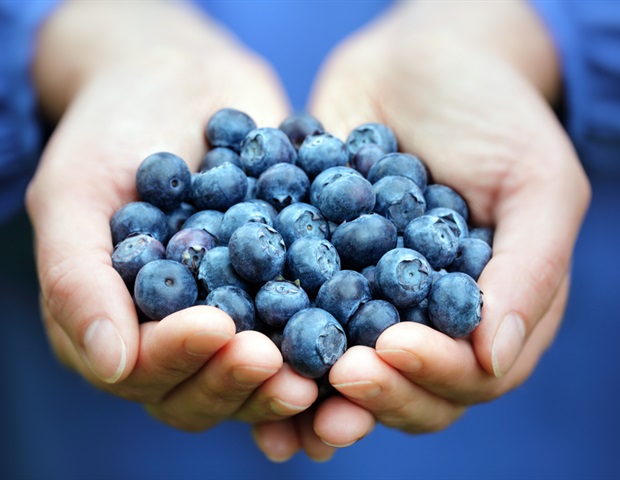If you’ve visited a trendy cafe in recent years, you might have noticed “golden” turmeric milk on the menu. Although the drink has recently been promoted as a caffeine-free, healthy coffee alternative, it’s actually a refined version of haldi doodh – a traditional Indian drink often used as a cold remedy at home. And now researchers have developed an efficient way to make an instant, herbal version that retains the ingredients’ beneficial properties while extending its shelf life.
The researchers will present their findings at the fall meeting of the American Chemical Society (ACS). ACS Fall 2024 is a hybrid meeting, held virtually and in person from August 18 to 22, and will include approximately 10,000 presentations on a range of scientific topics.
Golden milk – also called a golden latte or turmeric latte – is made of milk, turmeric and spices and is a good option for people who want to avoid caffeine or coffee or perhaps enjoy a unique flavor. “It’s a very good drink, especially when it’s cold outside or when you’re sick,” explains Anthony Suryamiharja, a doctoral student at the University of Georgia who is presenting the research at the meeting. He says turmeric also contains the bioactive compound curcumin – a polyphenol that has been studied for its potential anti-inflammatory and antioxidant effects. “If we can incorporate bioactive compounds like curcumin into plant-based milks to bring them to the same nutritional level as cow’s milk, why not?” asks Suryamiharja.
However, curcumin is difficult to separate from turmeric. This usually requires complicated extraction processes using organic solvents, several days and a lot of energy. In addition, the compound tends to break down over time, which shortens its shelf life. Inspired by golden milk, Suryamiharja, Hualu Zhou and their colleagues wanted to investigate whether there was a way to extract and store curcumin from plant-based milk.
They first added turmeric powder to an alkaline solution, where the high pH made the curcumin more soluble and easier to extract than in plain water. This deep red solution was then added to a soy milk sample, which turned a dark yellow color. They brought it to a neutral pH of about 7. Just like low pH acids, high pH bases are not the most pleasant things to consume. The neutralized pseudo-golden milk could be enjoyed as is, but to make it even more shelf-stable, the team removed the water from the solution by freeze-drying it, creating an instant golden milk powder.
Not only is this method more efficient at extracting curcumin from turmeric than other methods, but curcumin is also encapsulated in oil droplets within the soy milk. This means that once curcumin is consumed, our bodies recognize it as fat and digest it as such, theoretically making curcumin more bioavailable, or better able to be absorbed and have an effect in the body. Encapsulation also protects curcumin from air and water, preserving it and making it last longer.
While this work focused specifically on soy milk due to its high amino acid content, the researchers say it could be applied to other plant-based milks as well, creating alternatives for people with soy allergies. In addition, their pH-controlled extraction method could be applied to various plant compounds with similar ease and efficiency. For example, blueberries are rich in anthocyanins, another water-soluble polyphenol.
“If we use the same method, we can extract the polyphenols in about a minute,” explains Zhou. “We want to try to add value to byproducts and reduce food waste from fruit and vegetable production here in Georgia.”
Although more research is needed before instant golden milk appears on store shelves, the researchers’ initial results are promising: Suryamiharja reports that it tasted good, even though he himself does not drink golden latte often.
The team hopes that this work can help explain the chemistry behind a seemingly simple drink and improve the nutritional value and usability of the drink for its connoisseurs. Suryamiharja explains: “People usually do a lot of simple things in the kitchen, but they don’t really realize that there is a chemistry behind it. So we’re trying to explain these unspoken things in a simple way.”
The research received seed funding from the Department of Food Science & Technology at the University of Georgia.
Source:
American Chemical Society

